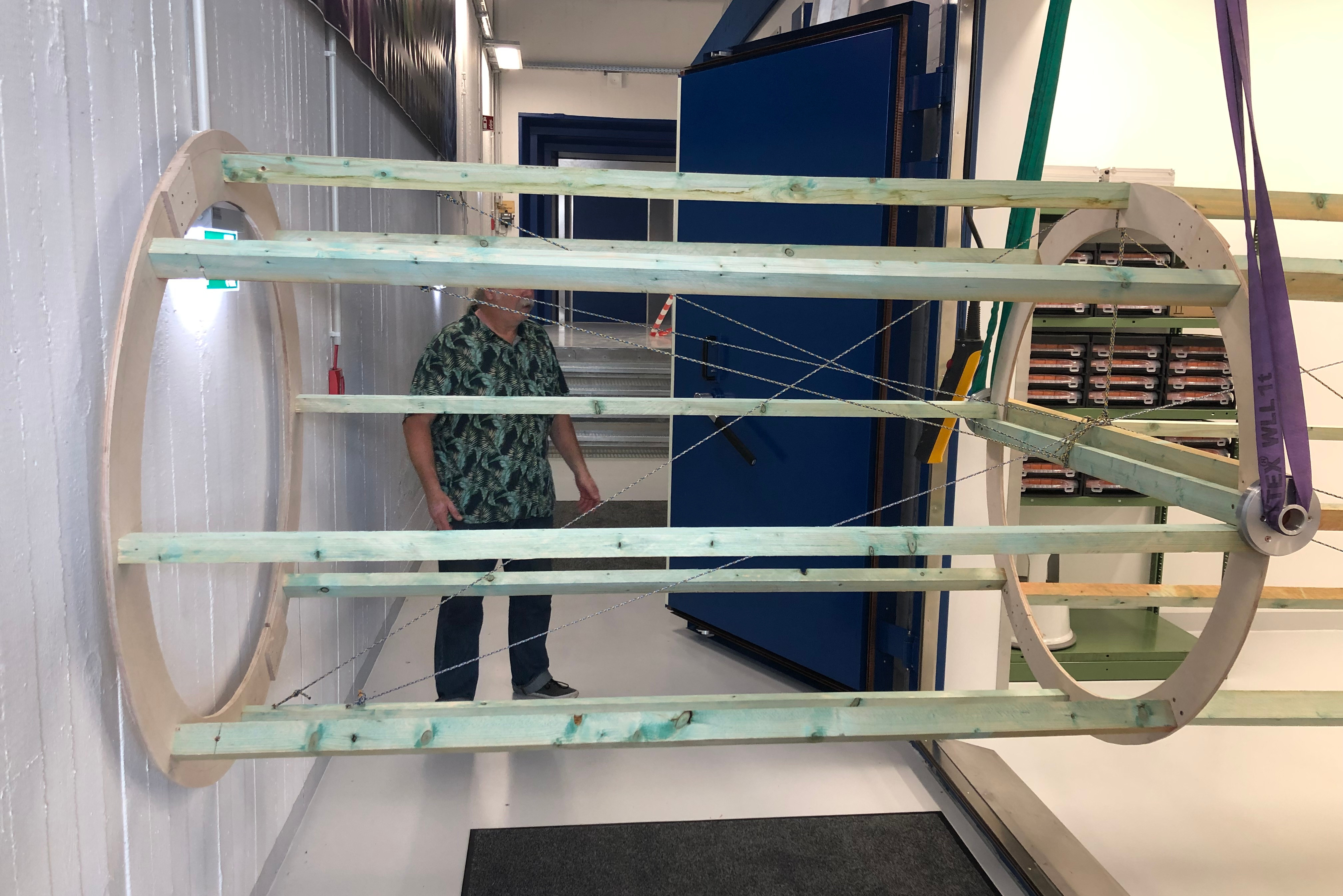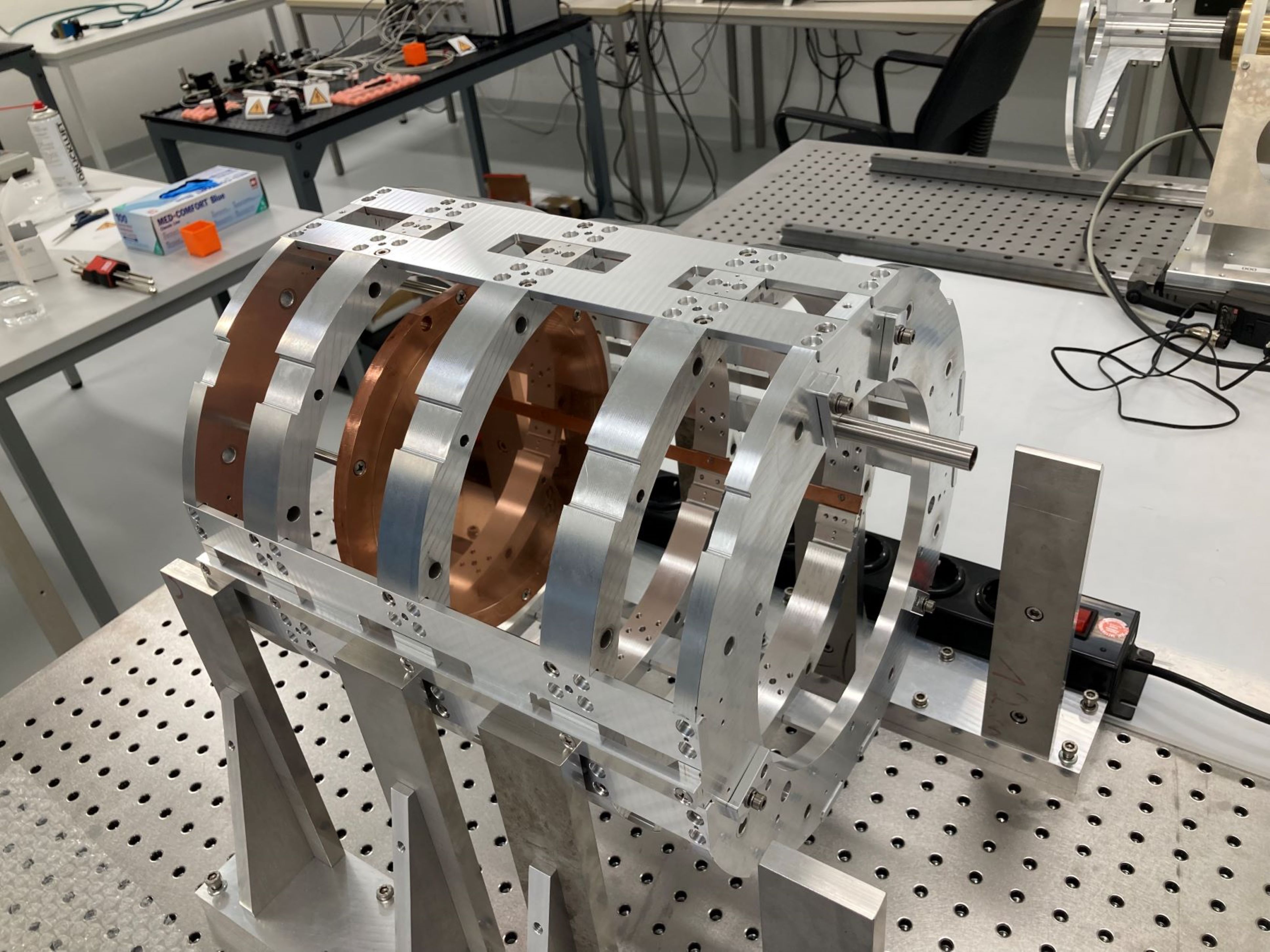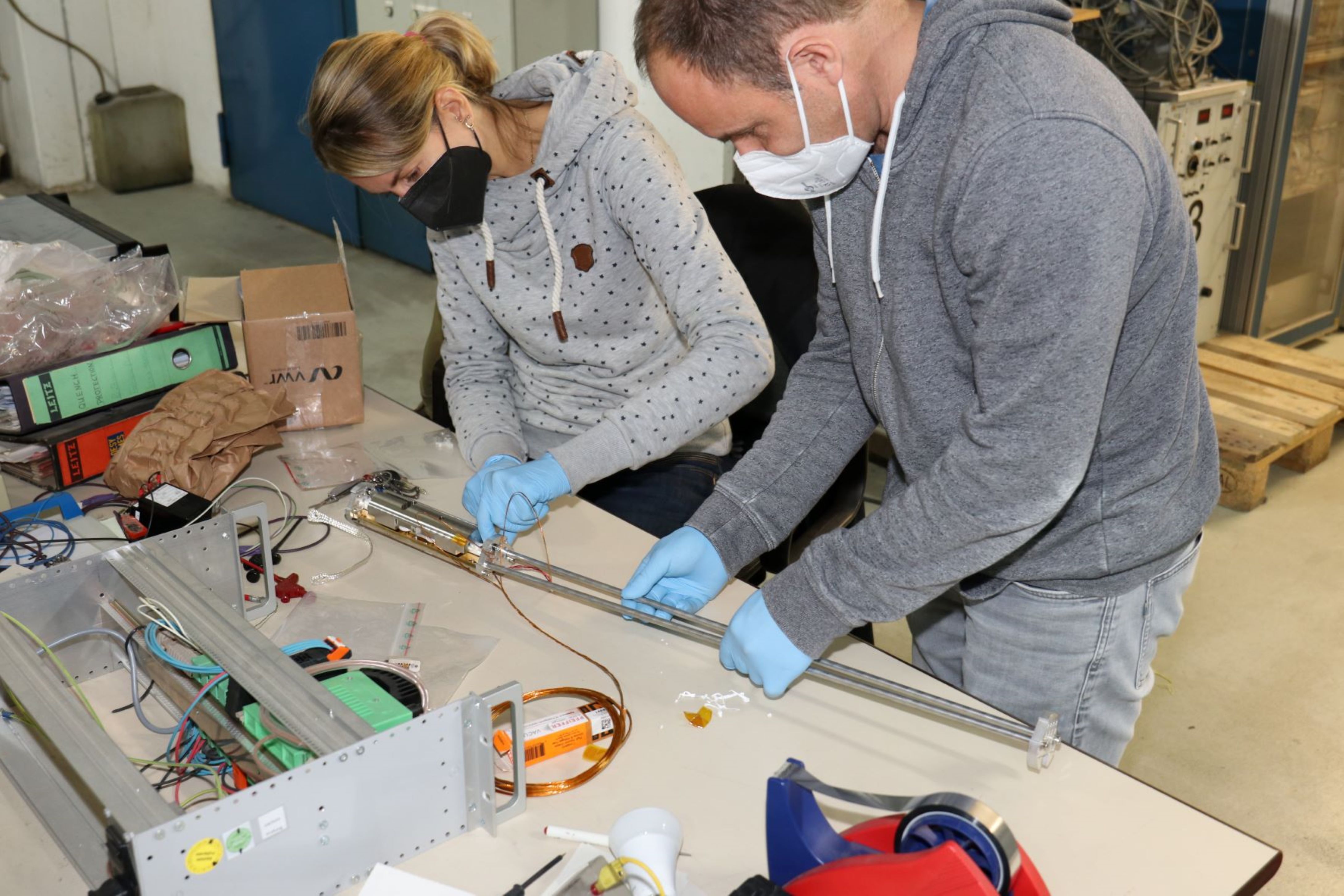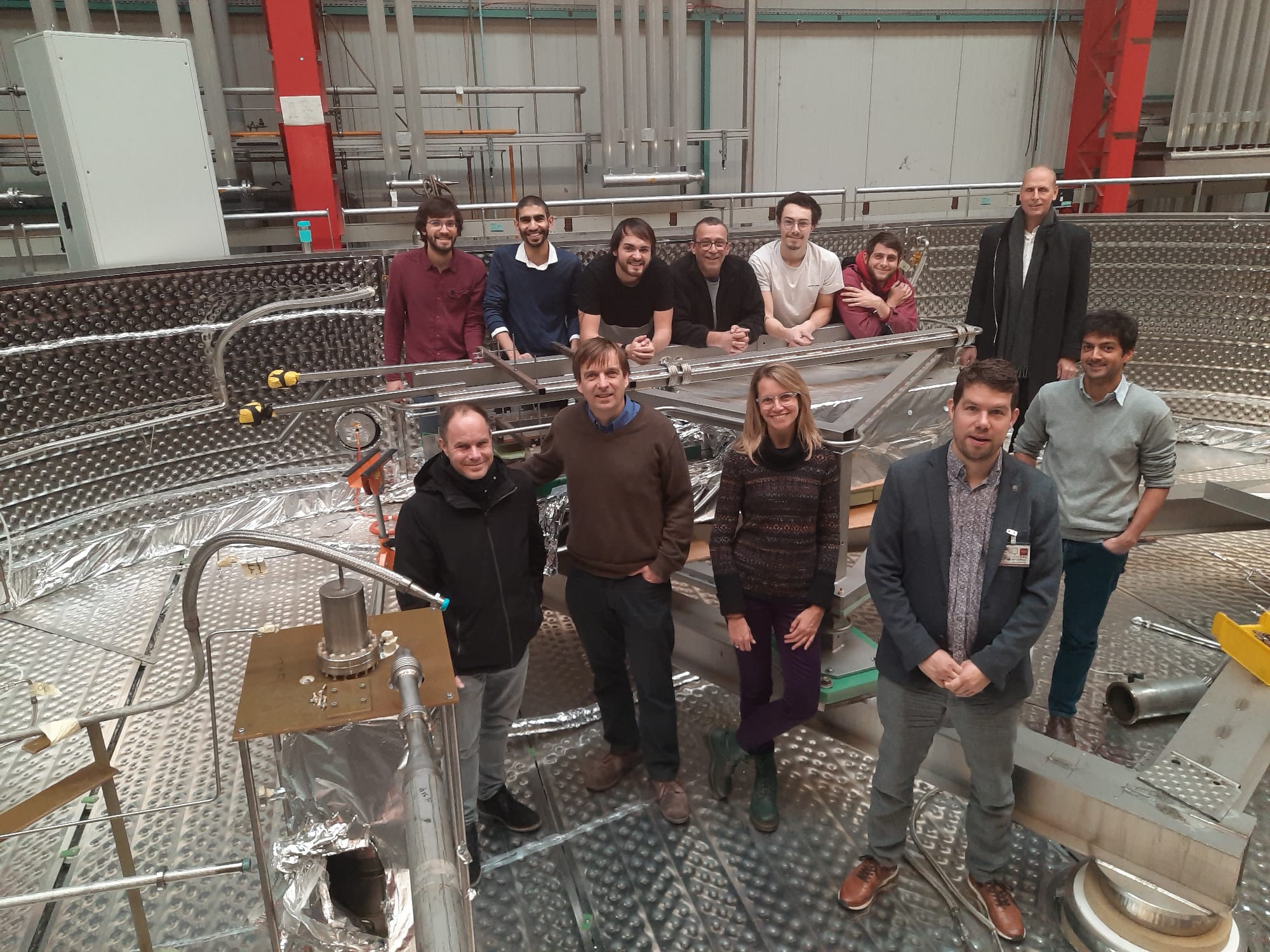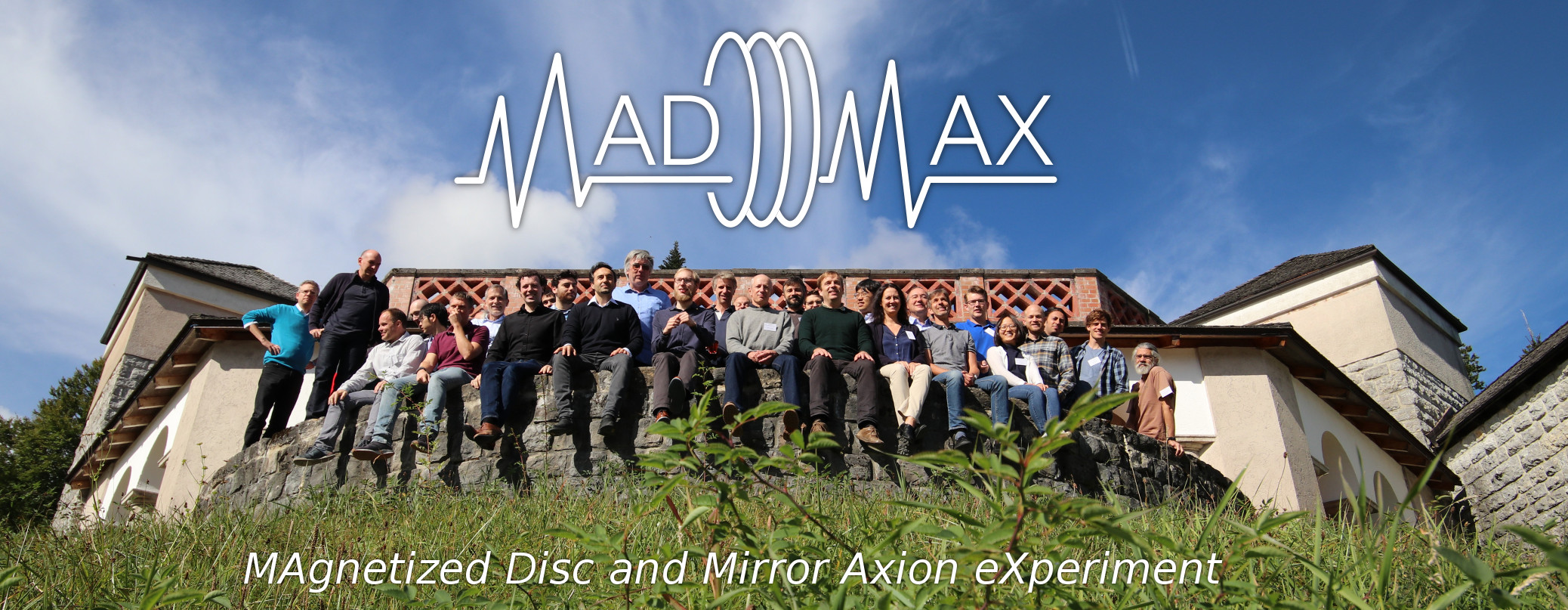
Axions represent a class of particles that emerge in theoretical models explaining
several mysteries of high-energy particle physics and cosmology. They explain the absence of CP
violation in the strong interaction, provide dark matter candidates, and can be responsible for
inflation and structure formation in the early universe. Several searches for axions and axion-like
particles have constrained the parameter space over the last decades, however, no hints of axions
have been found. The mass range of 1-1000 × 10-6 eV remains highly attractive and well motivated
region for dark matter axions. In the white paper below we present a description of a new experiment
based on the concept of a dielectric haloscope for the search for dark matter axions in the mass
range 40-400 × 10-6eV. The experiment, called MADMAX, will consist of several parallel dielectric
layers, whose separations can be adjusted and are placed in a strong magnetic field. This would
lead to the emission of axion induced electromagnetic waves in the 10-100 GHz domain, with
the frequency given by the axion mass.
MADMAX Collaboration White Paper (Eur. Phys. J. C (2019) 79: 186)

